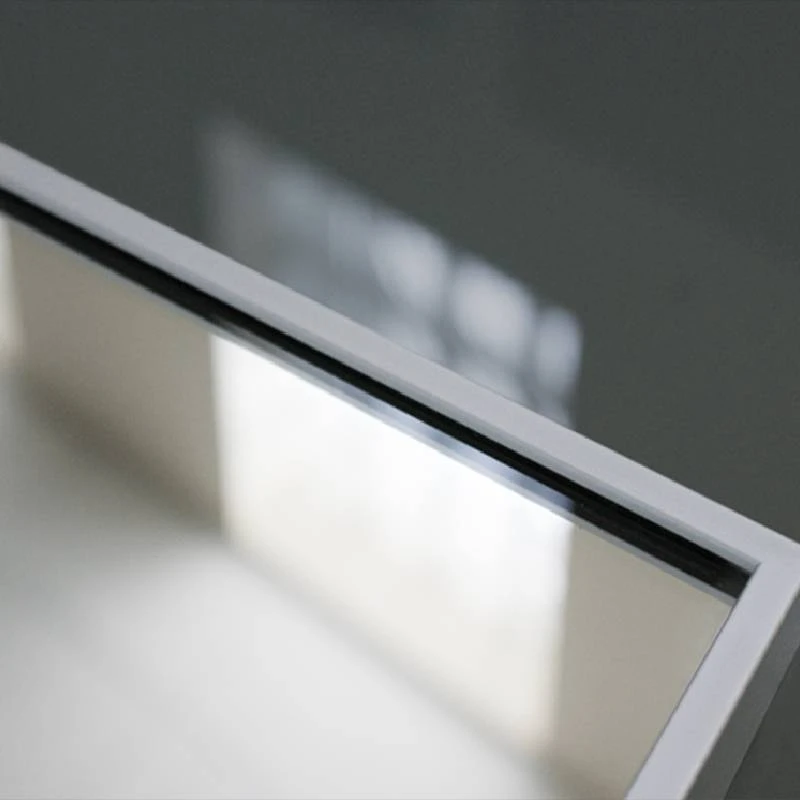

Understanding 4mm Low E Glass Benefits and Applications
In the ever-evolving field of architectural design and construction, the choice of materials plays a pivotal role in enhancing energy efficiency and overall aesthetic appeal. Among these materials, 4mm Low E (low emissivity) glass stands out due to its remarkable properties that contribute to energy conservation and thermal comfort in buildings.
What is Low E Glass?
Low E glass refers to a type of glazing that has been treated with a special coating to reflect infrared energy while allowing visible light to pass through. The “low emissivity” aspect of the glass means that it has a low rate of thermal emissivity, which helps minimize heat transfer between the interior and exterior of a building. This feature makes Low E glass an excellent choice for energy-efficient construction.
Key Benefits of 4mm Low E Glass
1. Energy Efficiency One of the main advantages of 4mm Low E glass is its ability to maintain indoor temperatures. In colder climates, it reflects heat back into the building, helping to reduce heating costs. Conversely, in warmer regions, it minimizes heat gain, thereby decreasing the need for air conditioning. This dual capability significantly lowers energy consumption and utility bills.
2. UV Protection Low E glass blocks a considerable amount of ultraviolet (UV) rays from the sun. Prolonged exposure to UV radiation can lead to fading and deterioration of furniture, carpets, and artwork. By choosing 4mm Low E glass, homeowners and businesses can protect their interiors from harmful UV rays while still enjoying natural light.

3. Enhanced Comfort The thermal insulation provided by Low E glass contributes to a more comfortable indoor environment. By reducing drafts and maintaining stable temperatures, it enhances the overall comfort of the living or working space. This can be particularly beneficial in residential homes, where comfort is a priority.
4. Noise Reduction In addition to thermal benefits, Low E glass has sound-dampening qualities. It can reduce the transmission of noise from outside, making it an ideal choice for buildings located in busy urban areas or near highways. This added layer of acoustic insulation contributes to a quieter, more serene indoor atmosphere.
5. Visual Clarity and Aesthetics The 4mm thickness of Low E glass ensures that it maintains high optical clarity while providing excellent thermal performance. This balance allows architects and designers to utilize large glass surfaces in their projects without compromising on energy efficiency. The sleek, modern appearance of Low E glass also enhances the beauty of any structure.
Applications of 4mm Low E Glass
The versatility of 4mm Low E glass makes it suitable for a wide range of applications. It is commonly used in residential windows, commercial buildings, curtain walls, skylights, and door systems. Additionally, its energy-efficient properties make it an attractive option for green building projects and LEED-certified constructions.
In summary, 4mm Low E glass is an outstanding material that not only enhances energy efficiency but also improves comfort, aesthetics, and environmental sustainability. As the demand for sustainable building practices continues to rise, Low E glass will undoubtedly remain a popular choice among architects, builders, and homeowners alike. By investing in Low E glass, one contributes to a greener future while enjoying the benefits of a well-insulated and beautifully lit space.